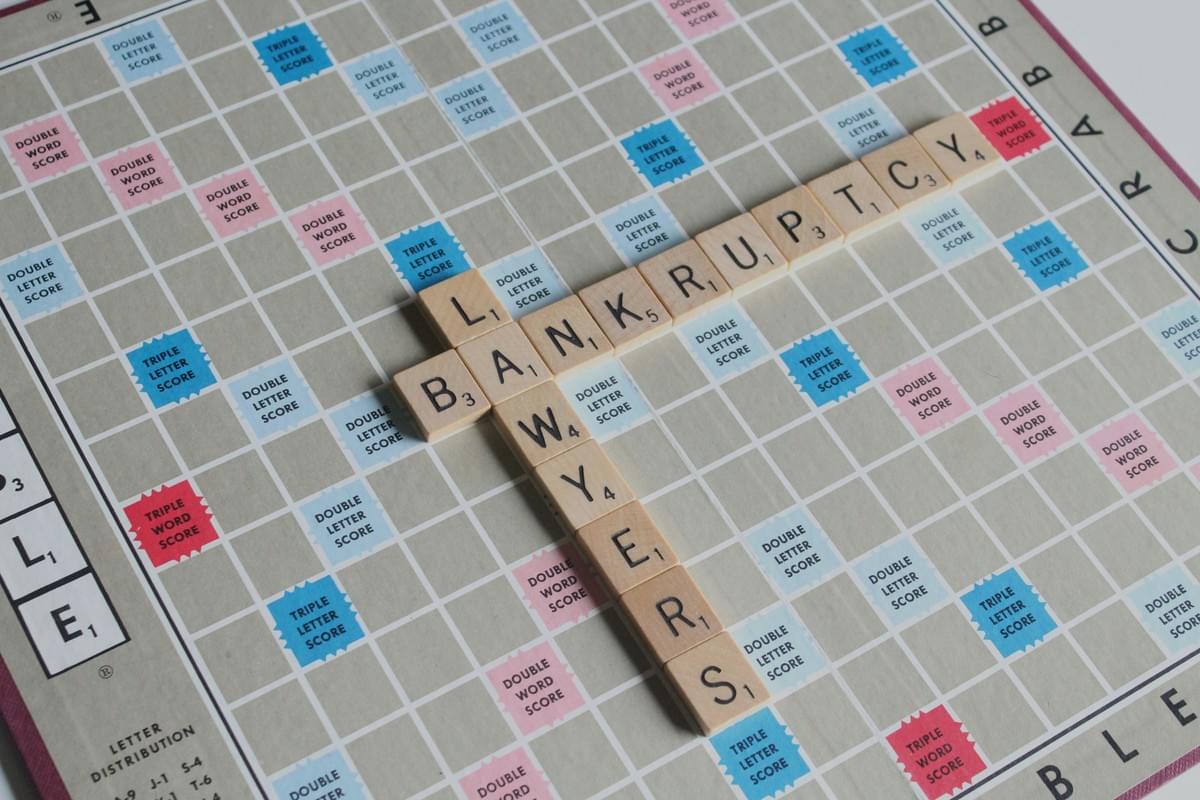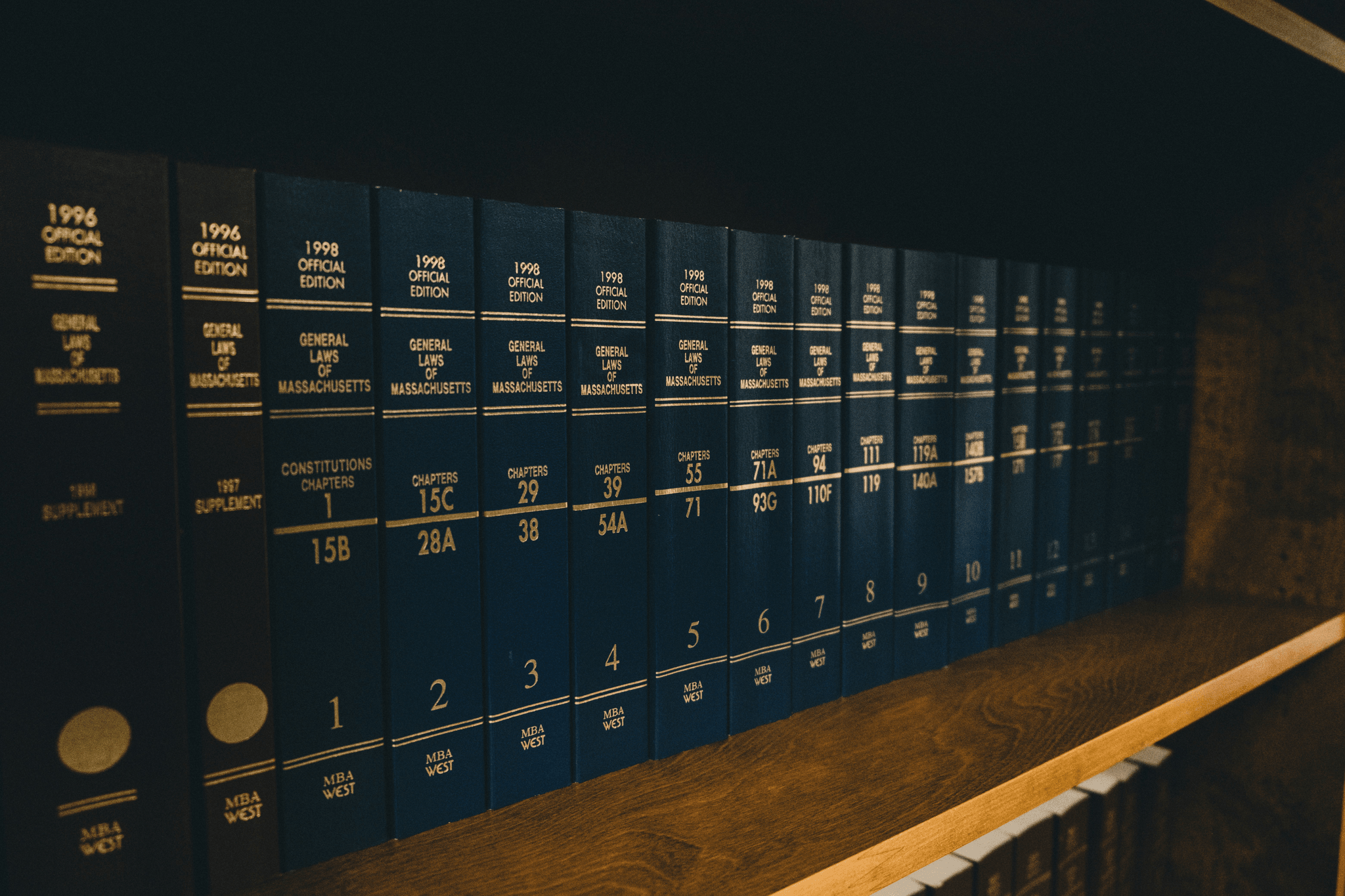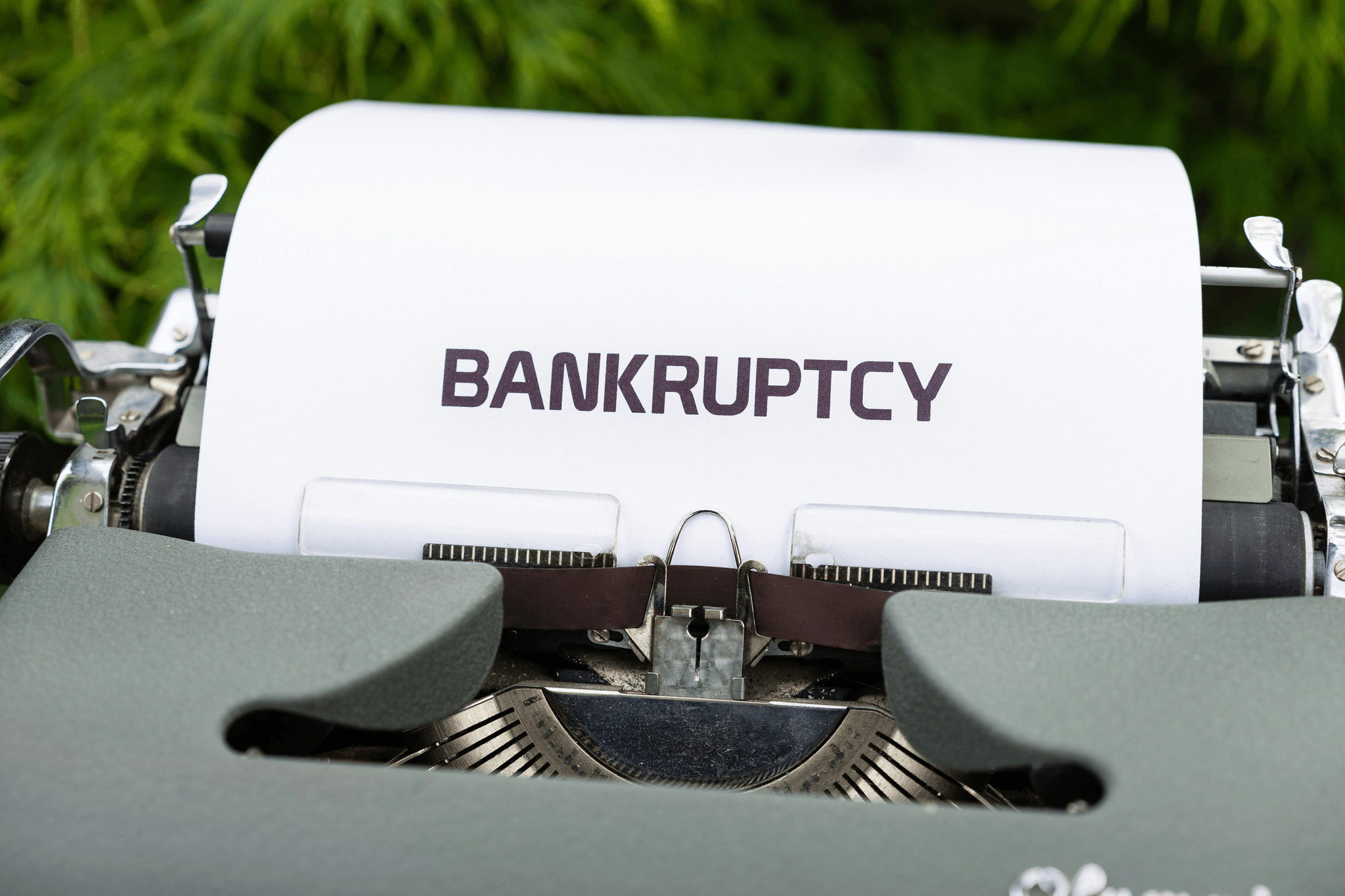Introduction
Bankruptcy is a term that often evokes a sense of finality and despair, but in the context of China, it represents a complex legal landscape shaped by evolving regulations and economic realities. When a Chinese company goes bankrupt, understanding the nuances of who shall be paid first becomes crucial for all parties involved. The PRC Enterprise Bankruptcy Law lays the groundwork for these processes, but recent amendments to the China Amended Company Law have further refined how creditors are prioritized in such situations.
Understanding Bankruptcy in China
In China, bankruptcy isn't merely about liquidation; it's also about restructuring and salvaging value from failing enterprises. The PRC Enterprise Bankruptcy Law provides a framework that governs how companies can declare insolvency and what happens next. This law aims to balance creditor rights with the need for economic stability, making it essential for stakeholders to grasp its implications when a Chinese company goes bankrupt.
Prioritizing Creditors: A Complex Process
The process of determining who gets paid first when a company declares bankruptcy is anything but straightforward. Various factors come into play, including whether creditors are secured or unsecured, which can significantly impact their recovery rates. As such, navigating this intricate web requires not only an understanding of bankruptcy laws but also strategic foresight—especially since recent changes under the China Amended Company Law have influenced creditor priority dynamics.
The Role of Bankruptcy Laws in China
Bankruptcy laws serve as both shields and swords in the corporate world; they protect creditors while providing companies with opportunities to recover from financial distress. In China, these laws have been evolving rapidly to adapt to market changes and international practices. Understanding how these regulations function is vital for anyone involved in or affected by insolvency proceedings—because when a Chinese company goes bankrupt, who shall be paid first?
An Overview of Chinese Bankruptcy Law

Navigating the intricate landscape of bankruptcy law in China requires an understanding of its foundational legislation and definitions. The framework established by the PRC Enterprise Bankruptcy Law serves as the cornerstone for addressing insolvency issues faced by companies. Additionally, recent amendments to the China Amended Company Law have introduced significant changes that further refine how bankruptcies are managed.
Key Legislation Governing Bankruptcy
At the heart of China's bankruptcy framework is the PRC Enterprise Bankruptcy Law, enacted in 2007, which provides a comprehensive set of rules for dealing with insolvent enterprises. This law outlines procedures for liquidation, reorganization, and settlement of debts, ensuring that creditors are treated fairly during these processes. The China Amended Company Law has also played a pivotal role in shaping bankruptcy practices by clarifying provisions related to corporate governance and creditor rights.
When a Chinese company goes bankrupt, who shall be paid first? This question is central to understanding creditor hierarchy under these laws. The legislation prioritizes secured creditors over unsecured ones, establishing a clear order that guides how assets are distributed following bankruptcy proceedings.
How Bankruptcy is Defined in China
In China, bankruptcy is defined primarily through the lens of insolvency—specifically when an enterprise cannot pay its debts as they come due or when its liabilities exceed its assets. This definition aligns closely with international norms but is tailored to fit China's unique economic context and regulatory environment. The PRC Enterprise Bankruptcy Law articulates this definition while providing mechanisms for businesses to either undergo reorganization or liquidation based on their financial health.
The implications of this definition are profound for stakeholders involved in any bankruptcy scenario. When a Chinese company goes bankrupt, who shall be paid first becomes not just a legal question but also one that affects employee wages and other critical obligations owed by the company at risk of collapse.
Recent Revisions to Bankruptcy Regulations
Recent revisions to both the PRC Enterprise Bankruptcy Law and the China Amended Company Law reflect an ongoing effort to modernize China's approach to corporate insolvency amid changing economic conditions. These amendments aim to streamline procedures and enhance transparency while protecting creditor rights more effectively than before. Notably, these revisions have introduced more robust frameworks for handling cases involving distressed enterprises while balancing interests between creditors and debtors.
With these updates, stakeholders can expect clearer guidelines on how claims will be processed when a Chinese company goes bankrupt—who shall be paid first becoming increasingly transparent under revised regulations. As such changes take effect, they promise not only improved efficiency but also greater confidence among investors navigating potential risks associated with lending in China's dynamic market environment.
The Order of Payment in Bankruptcy

When a Chinese company goes bankrupt, understanding the order of payment is crucial for all involved parties. The process can be quite intricate, especially when distinguishing between secured and unsecured creditors. In China, the PRC Enterprise Bankruptcy Law outlines these distinctions clearly, ensuring that creditors know their potential recovery prospects.
Secured vs. Unsecured Creditors
In the realm of bankruptcy, secured creditors often find themselves in a more favorable position than unsecured creditors. Secured creditors have specific collateral backing their loans, which means they can claim those assets first when a company goes bankrupt. This priority stems from the principles established in the China Amended Company Law and is essential for maintaining trust in lending practices.
Unsecured creditors, on the other hand, are left with little more than hope when a Chinese company goes bankrupt. They do not have collateral to claim against and thus must wait until secured debts are settled before they see any recovery of funds—if at all. This stark difference raises critical questions about equity and fairness within bankruptcy proceedings; after all, who shall be paid first?
Employee Wages and Benefits Priority
One of the most heartening aspects of China's bankruptcy laws is the prioritization of employee wages and benefits during liquidation processes. Employees are often considered priority claimants under the PRC Enterprise Bankruptcy Law, which recognizes their contributions to the business's success over time. This legal framework ensures that workers receive compensation before other unsecured claims are addressed.
The rationale behind this prioritization is simple: employees rely on their wages for survival and stability during uncertain times following a company's collapse. Consequently, when a Chinese company goes bankrupt, ensuring that workers receive their due pay becomes paramount for both ethical and social reasons. By safeguarding employee interests first, China reinforces its commitment to labor rights amid financial turmoil.
Government Claims and Taxes
Government claims and tax obligations also play an essential role in determining payment priorities during bankruptcy proceedings in China. According to the PRC Enterprise Bankruptcy Law, tax debts usually take precedence after employee wages but before other unsecured creditor claims are settled. This hierarchy reflects an understanding that governments need revenue to function effectively—even amid corporate failures.
When a Chinese company goes bankrupt, government agencies will assess outstanding taxes owed as part of their claims against the company's remaining assets. These obligations can complicate matters further for unsecured creditors who may already be facing uphill battles regarding recovery efforts post-bankruptcy declaration. Thus, navigating through government claims adds another layer of complexity to an already intricate process.
Case Studies of Notable Chinese Bankruptcies

Examining notable bankruptcies in China offers valuable insights into the complexities of the country’s bankruptcy system. These cases illustrate not only the financial challenges faced by major corporations but also the implications for creditors and stakeholders involved. Understanding these instances sheds light on critical questions, such as When a Chinese Company Goes Bankrupt, Who Shall be Paid First?
The Rise and Fall of HNA Group
HNA Group's meteoric rise to prominence was marked by aggressive acquisitions and rapid expansion into various sectors, including aviation and real estate. However, mounting debt led to its eventual downfall, prompting questions about creditor rights under the PRC Enterprise Bankruptcy Law. In this case, creditors were left grappling with the realities of bankruptcy proceedings as they sought clarity on When a Chinese Company Goes Bankrupt, Who Shall be Paid First?
The restructuring process was complicated by HNA's tangled web of international investments and subsidiaries. This situation highlighted challenges within China's amended company law that governs bankruptcy procedures and creditor prioritization. Ultimately, HNA's case serves as a cautionary tale for companies navigating financial distress in China.
The Impact of the China Evergrande Crisis
The Evergrande crisis sent shockwaves through China's economy, revealing vulnerabilities in real estate development practices and corporate governance. With liabilities exceeding $300 billion, this situation raised pressing concerns about When a Chinese Company Goes Bankrupt, Who Shall be Paid First? As one of China's largest property developers teetered on the brink of collapse, numerous stakeholders found themselves in precarious positions.
In response to this crisis, regulatory bodies have emphasized adherence to existing laws while contemplating potential amendments to enhance creditor protection under the PRC Enterprise Bankruptcy Law. The fallout from Evergrande has prompted discussions around whether current frameworks adequately safeguard interests or if reforms are necessary to reflect modern economic realities. This case underscores how intricate relationships among creditors can complicate bankruptcy outcomes.
Lessons from the Yongcheng Coal Bankruptcy
The Yongcheng Coal bankruptcy offers significant lessons regarding creditor prioritization in China’s evolving legal landscape. When Yongcheng filed for bankruptcy protection amid heavy debts and operational losses, it triggered an examination of who gets paid first according to existing laws like the PRC Enterprise Bankruptcy Law and recent amendments in company law. The case showcased how employee wages often take precedence over other claims during liquidation processes.
This scenario highlighted discrepancies that can arise between statutory priorities and actual recovery rates for different classes of creditors during bankruptcies in China. Stakeholders learned that understanding these hierarchies is crucial when navigating financial turmoil; thus raising awareness about When a Chinese Company Goes Bankrupt, Who Shall be Paid First? became essential for future planning among businesses facing similar fates.
Overall, these case studies illuminate critical dynamics within China's bankruptcy framework while emphasizing the importance of legal guidance for all parties involved.
International Context: Comparing Bankruptcy Processes

When a Chinese company goes bankrupt, the process can seem daunting, especially when viewed through the lens of international practices. The United States has established a comprehensive framework for handling bankruptcy cases, which includes various chapters under the Bankruptcy Code that cater to different types of debtors and their circumstances. This structured approach allows for an orderly resolution of debts, giving creditors a clear understanding of who shall be paid first and in what manner.
How the US Handles Bankruptcy Cases
In the U.S., bankruptcy is often categorized into different chapters—most notably Chapter 7 and Chapter 11. Chapter 7 involves liquidation, where a debtor's non-exempt assets are sold off to pay creditors, while Chapter 11 allows businesses to reorganize their debts while continuing operations. This flexibility is crucial as it gives companies breathing room to restructure and potentially emerge stronger post-bankruptcy, a stark contrast to how things unfold under PRC Enterprise Bankruptcy Law.
The U.S. system also prioritizes secured creditors first, followed by unsecured creditors and then equity holders in case of liquidation—this hierarchy is well-defined and understood by all parties involved. In China, however, while PRC Enterprise Bankruptcy Law outlines similar priorities, its implementation can be more complex due to local regulations and interpretations under China Amended Company Law. Consequently, navigating who shall be paid first can vary significantly between jurisdictions.
Similarities and Differences in Global Practices
Globally, bankruptcy practices share some common threads but diverge greatly in execution and creditor treatment. Many countries prioritize secured creditors similarly to the U.S., but variations exist regarding employee wages and government claims—a critical consideration for stakeholders when a Chinese company goes bankrupt. For instance, while some jurisdictions may prioritize employee claims above others due to social considerations, others might not provide such protections.
China's recent revisions under China Amended Company Law have aimed at streamlining its bankruptcy process but still face challenges related to enforcement and transparency compared to Western standards. In many countries like Canada or Australia, there are more robust frameworks that ensure quicker resolutions for insolvent companies which could serve as models for improvement in China's processes. Understanding these differences is vital for international investors looking at opportunities or risks associated with Chinese businesses facing financial distress.
What China Can Learn from Other Systems
China stands at a crossroads where it can learn valuable lessons from global bankruptcy systems that could enhance its own processes significantly. One key takeaway would be adopting clearer guidelines on creditor priority that align more closely with international norms; this would help clarify who shall be paid first when disputes arise during bankruptcies involving Chinese enterprises. Furthermore, integrating aspects of reorganization seen in U.S.-style Chapter 11 filings could provide distressed companies with avenues for recovery rather than immediate liquidation.
Additionally, enhancing transparency throughout the bankruptcy process could increase confidence among investors and creditors alike; this is something many Western systems do well through public disclosures during insolvency proceedings. By refining its approach under PRC Enterprise Bankruptcy Law alongside amendments from China Amended Company Law aimed at bolstering creditor rights further—China could create an environment conducive not only for domestic stability but also for attracting foreign investment amidst economic uncertainties.
The Role of Legal Experts in Bankruptcy

When a Chinese company goes bankrupt, the intricacies of the legal landscape can be overwhelming for both creditors and debtors alike. This is where legal experts, like those at AC&E, step in to provide essential guidance through the murky waters of bankruptcy proceedings. Understanding how to navigate the PRC Enterprise Bankruptcy Law and the recent amendments under China Amended Company Law is crucial for ensuring that clients' interests are safeguarded.
How AC&E Guides Clients Through Bankruptcy
AC&E employs a tailored approach to guide clients through bankruptcy, ensuring they understand their rights and obligations under the PRC Enterprise Bankruptcy Law. They analyze each client's unique situation, assessing whether they fall under secured or unsecured creditor categories, which directly impacts who shall be paid first when a Chinese company goes bankrupt. With their expertise in China Amended Company Law, AC&E provides strategic advice on how to maximize recovery while minimizing potential losses.
Importance of Legal Representation
In any bankruptcy scenario, having legal representation is not just beneficial; it's often essential for navigating complex claims effectively. Legal experts ensure that creditors understand their position within the hierarchy established by PRC Enterprise Bankruptcy Law and help them articulate their claims clearly during proceedings. Without knowledgeable representation, creditors risk losing out on what they are owed when a Chinese company goes bankrupt; thus, securing competent legal counsel can significantly alter outcomes.
Navigating Complex Bankruptcy Claims
Navigating complex bankruptcy claims requires an understanding of various factors that influence creditor priority under current laws like China Amended Company Law and PRC Enterprise Bankruptcy Law. Legal professionals help dissect these complexities—assisting clients in gathering necessary documentation and formulating persuasive arguments to support their claims effectively. With so much at stake when a Chinese company goes bankrupt, having skilled navigators on your side can mean the difference between receiving payment or being left empty-handed.
Conclusion

In the complex landscape of bankruptcy in China, understanding creditor priority is crucial for all stakeholders involved. When a Chinese company goes bankrupt, the hierarchy of who gets paid first can significantly affect outcomes for creditors and employees alike. The PRC Enterprise Bankruptcy Law lays out specific guidelines that dictate this order, ensuring that secured creditors often take precedence over unsecured ones.
Insights on Creditor Priority in China
Navigating the intricacies of creditor priority in China can be daunting, especially when considering recent amendments to the Company Law. When a Chinese company goes bankrupt, who shall be paid first? This question often hinges on whether creditors hold secured or unsecured claims, with secured creditors typically enjoying a more favorable position under the PRC Enterprise Bankruptcy Law. Moreover, employee wages and benefits are prioritized as well, reflecting China's commitment to protecting workers during financial turmoil.
The Future of Bankruptcy Law in China
The future of bankruptcy law in China appears poised for further evolution as economic conditions change and corporate insolvencies become more prevalent. The recent amendments to the Company Law signal a shift towards more structured and transparent bankruptcy proceedings, which may enhance creditor confidence when dealing with distressed companies. As these changes unfold, stakeholders will need to stay informed about how they impact processes like When a Chinese Company Goes Bankrupt, Who Shall be Paid First?
Importance of Legal Guidance for Creditors
In an environment where bankruptcy laws are continuously evolving, having legal guidance becomes indispensable for creditors navigating potential claims against insolvent companies. Legal experts can help clarify nuances within the PRC Enterprise Bankruptcy Law and ensure that creditors understand their rights and obligations during proceedings. Ultimately, understanding how to maneuver through these complexities will empower creditors to make informed decisions when faced with scenarios like When a Chinese Company Goes Bankrupt, Who Shall be Paid First?
